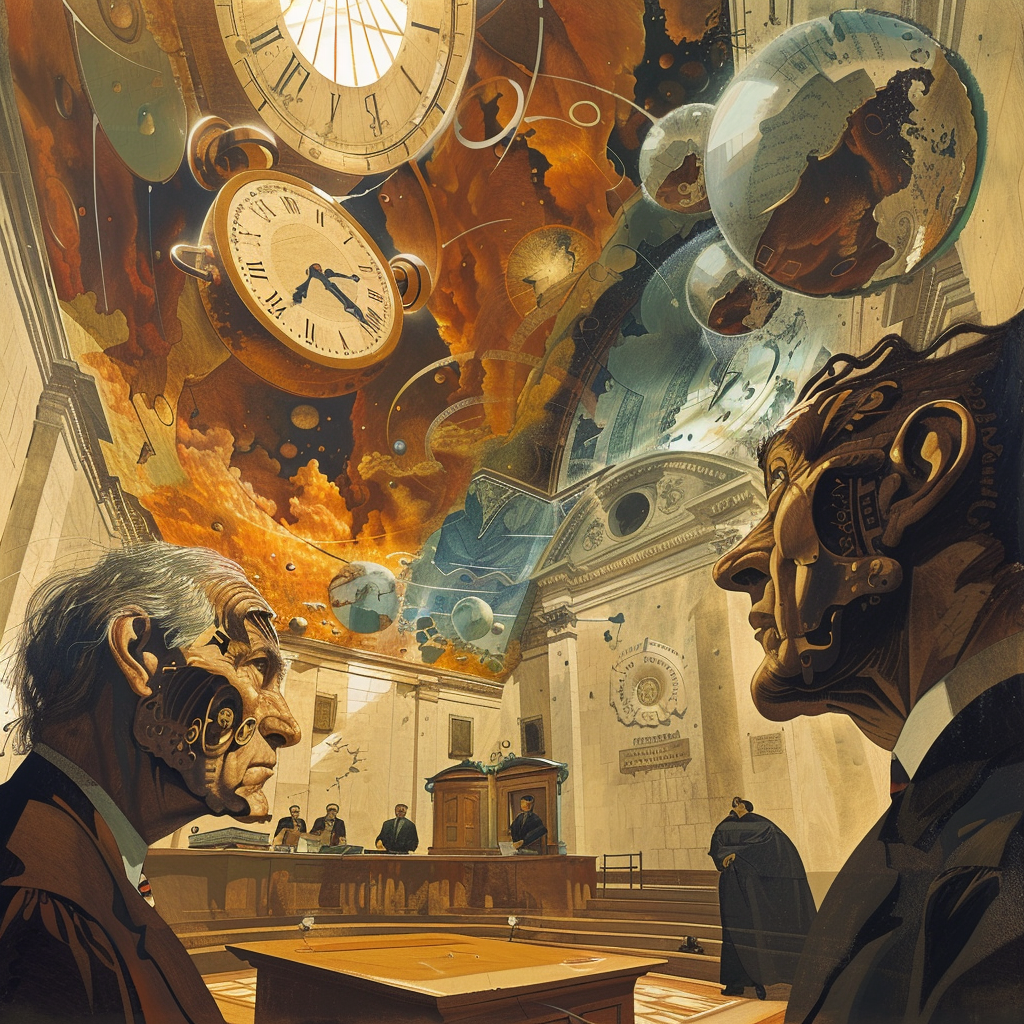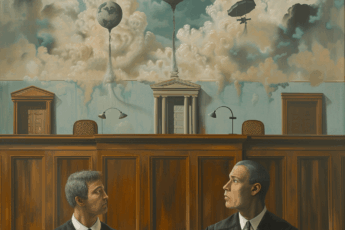Introduction
Welcome to an in-depth discussion on Chevron deference, a legal principle that has sparked considerable debate. When I first heard the term, I thought of the military chevron insignia, which left me puzzled about its relevance to deference. However, Chevron deference is a crucial concept in administrative law, determining whether unelected bureaucrats should interpret ambiguous laws. Let’s dive into what Chevron deference actually means and why it matters.
Definition and Origins of Chevron Deference
Explanation of Chevron Deference
Chevron deference is a judicial principle stating that courts should defer to a government agency’s interpretation of ambiguous laws, as long as that interpretation is reasonable. This means that agencies have the power to interpret and enforce laws within their areas of expertise without significant interference from the courts.
Background and Historical Context
The principle originates from the 1984 Supreme Court case Chevron U.S.A., Inc. v. Natural Resources Defense Council, Inc. The court held that when a law is unclear, courts should defer to the agency’s interpretation unless it is unreasonable. This decision established a framework for how courts interact with administrative agencies.
Key Supreme Court Cases Involved
Besides Chevron, several other cases have shaped the doctrine, including Auer v. Robbins and King v. Burwell. These cases further define the boundaries and application of Chevron deference, emphasizing its role in ensuring consistent and expert-driven policy implementation.
The Rationale Behind Chevron Deference
Expertise of Agencies
Agencies like the Environmental Protection Agency (EPA) possess specialized knowledge and expertise in their respective fields. This expertise allows them to interpret complex and technical regulations effectively, something courts may not be equipped to do.
Efficiency in Governance
By deferring to agencies, the government can operate more efficiently. Agencies can make prompt decisions without waiting for lengthy judicial processes, ensuring that regulations are implemented swiftly and effectively.
Flexibility in Law Interpretation
Chevron deference provides flexibility, allowing agencies to adapt their interpretations based on new information and changing circumstances. This adaptability is crucial for addressing emerging issues and maintaining effective regulation.
Application in Environmental Regulations
EPA and Chevron Deference
The EPA often relies on Chevron deference to implement environmental laws. The agency’s expertise in environmental science and policy enables it to interpret laws in ways that effectively protect public health and the environment.
Recent Rulings Impacting the EPA
Recent court rulings have scrutinized the EPA’s use of Chevron deference, particularly in the context of regulating air and water quality. These decisions highlight the ongoing debate over the balance between agency autonomy and judicial oversight.
Balancing Environmental Protection and Legislative Intent
The challenge lies in ensuring that the EPA’s interpretations align with legislative intent while effectively addressing environmental issues. Courts play a crucial role in reviewing these interpretations to maintain this balance.
Arguments in Favor of Chevron Deference
Specialized Knowledge of Agencies
Supporters argue that agencies’ specialized knowledge makes them better equipped to interpret complex regulations. This expertise ensures that laws are applied accurately and effectively.
Streamlining Government Operations
Chelon deference streamlines government operations by reducing the burden on courts and enabling agencies to act swiftly. This efficiency is essential for responsive governance in a complex society.
Precedents and Legal Stability
The doctrine of Chevron deference provides legal stability by creating clear guidelines for how courts should handle ambiguous laws. This consistency helps maintain a predictable legal environment.
Criticisms of Chevron Deference
Erosion of Democratic Accountability
Critics argue that Chevron deference erodes democratic accountability by giving unelected bureaucrats significant interpretive power. This delegation can lead to decisions that do not reflect the will of the people.
Potential for Overreach by Agencies
There is a concern that agencies might overreach their authority, interpreting laws in ways that expand their power beyond what Congress intended. This potential for overreach raises significant legal and ethical questions.
Judicial Independence Concerns
Some believe that Chevron deference undermines judicial independence by compelling courts to accept agency interpretations. This deference can limit the judiciary’s role in interpreting laws independently.
Case Study: Disability Determinations
Social Security Administration’s Role
The Social Security Administration (SSA) is tasked with determining eligibility for disability benefits based on criteria set by Congress. Chevron deference allows the SSA to interpret these criteria and make nuanced decisions.
Congressional Directives and Agency Interpretation
Congress provides broad directives, and agencies like the SSA fill in the details. This system ensures that disability determinations are based on up-to-date medical knowledge and administrative expertise.
Real-World Implications
Real-world implications of Chevron deference in disability determinations include streamlined processes and consistent application of rules. However, it also highlights the potential for discrepancies in how laws are applied.
Judicial Review and Limits of Chevron Deference
Criteria for Judicial Intervention
Chelon deference is not absolute. Courts can intervene if they find that an agency’s interpretation is unreasonable or exceeds the authority granted by Congress. This oversight ensures a check on agency power.
Cases of Unreasonable Interpretation
There have been instances where courts have found agency interpretations to be unreasonable. These cases set important precedents for limiting the scope of Chevron deference.
Balancing Judicial and Agency Roles
Balancing judicial and agency roles is crucial for maintaining the integrity of the legal system. Courts must ensure that agencies operate within their legal boundaries while respecting their expertise.
Impact on Federal and State Agencies
Differences in Federal and State Applications
Chelon deference applies differently at the federal and state levels. While federal agencies often benefit from Chevron deference, state agencies might face varying degrees of judicial scrutiny.
Consistency Across Administrations
Changes in administration can lead to shifts in how agencies interpret laws. This inconsistency can create challenges for maintaining stable and predictable regulatory environments.
Legal and Practical Challenges
Implementing Chevron deference poses both legal and practical challenges. Ensuring that agency interpretations align with legislative intent while addressing real-world issues requires careful balancing.
Public Perception and Political Implications
Public Understanding of Chevron Deference
Public understanding of Chevron deference is often limited, leading to misconceptions about its implications. Educating the public on this principle is essential for informed discourse.
Political Debates and Misconceptions
Chelon deference is a frequent topic in political debates, with arguments often shaped by misunderstandings. Addressing these misconceptions is crucial for balanced discussions.
Role of Media in Shaping Views
The media plays a significant role in shaping public views on Chevron deference. Accurate and nuanced reporting is essential for fostering a well-informed public.
Conclusion
Chelon deference is a vital yet contentious principle in administrative law. It balances the expertise of government agencies with judicial oversight, ensuring efficient and informed governance. Understanding its implications and engaging in informed discourse is crucial for maintaining the integrity of our legal and political systems.



Leave a Comment